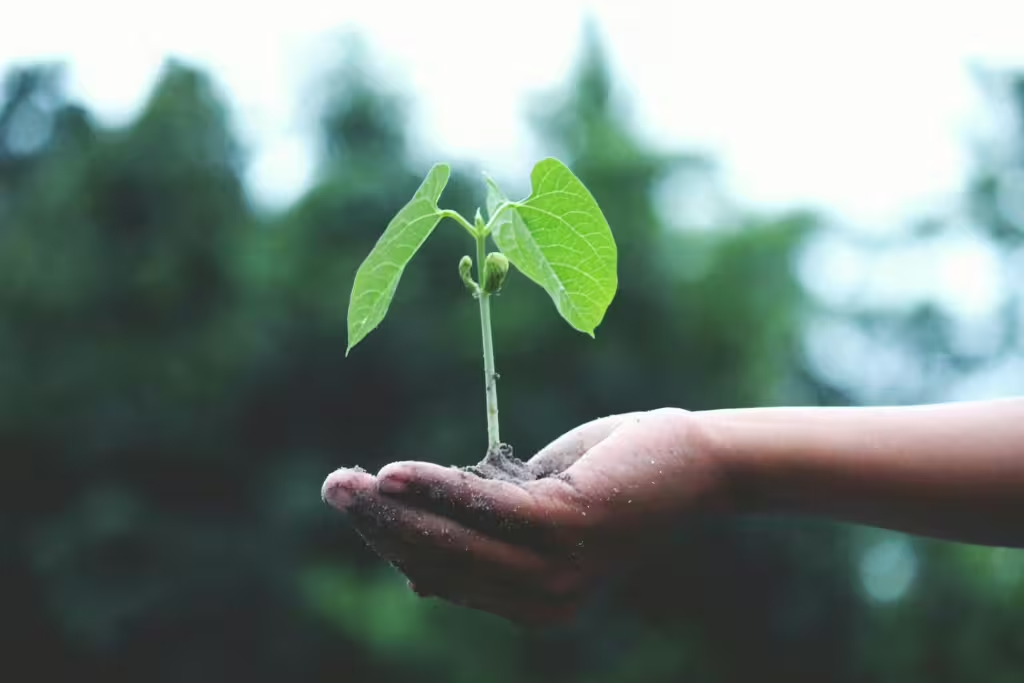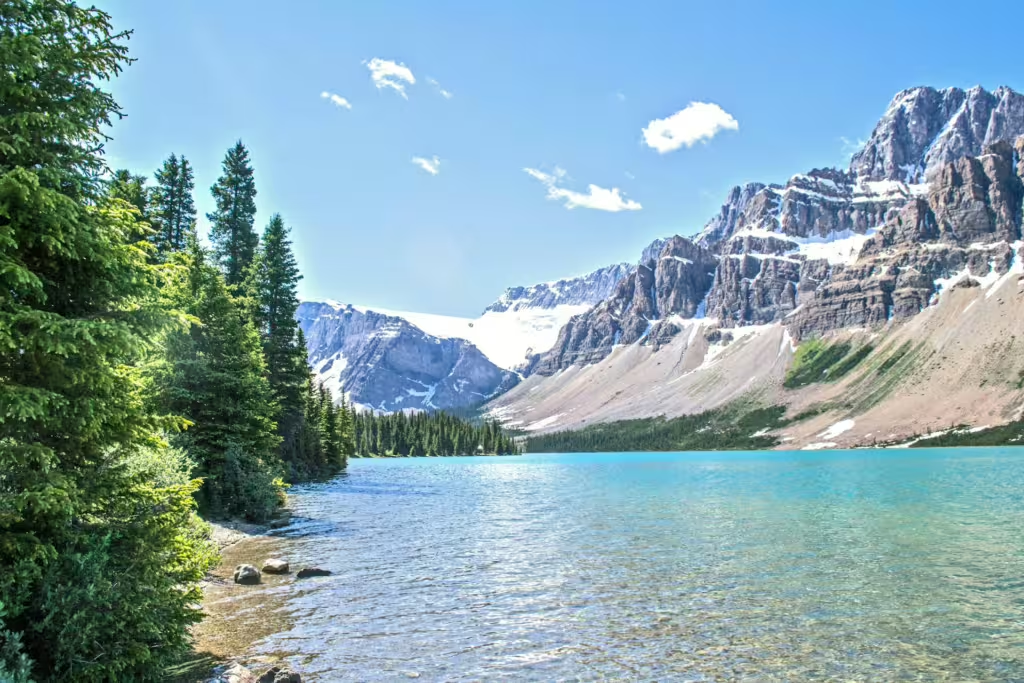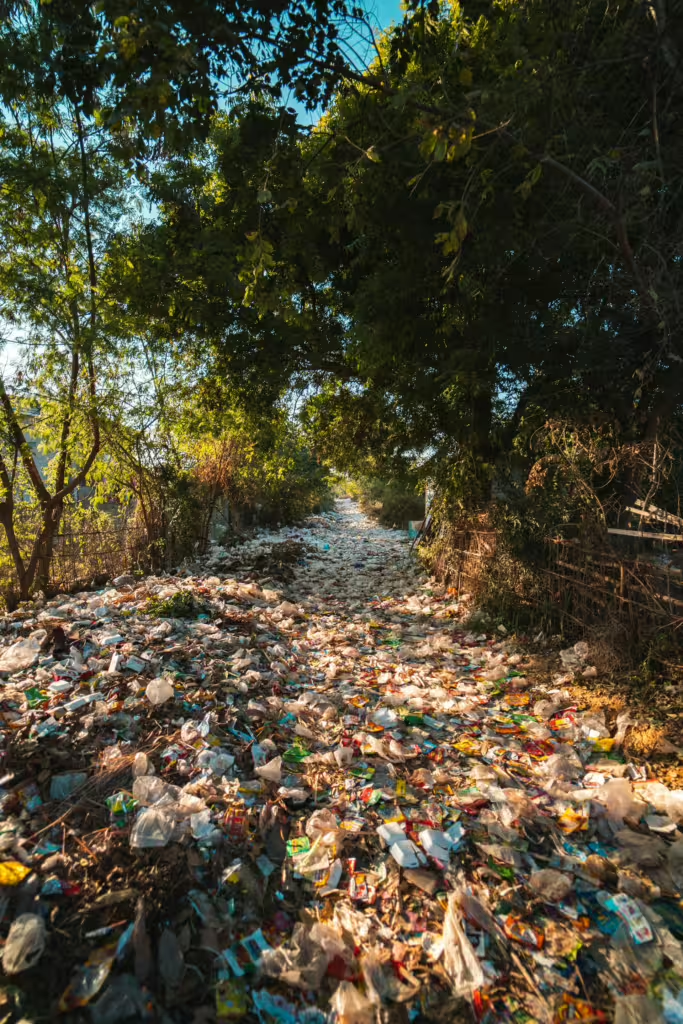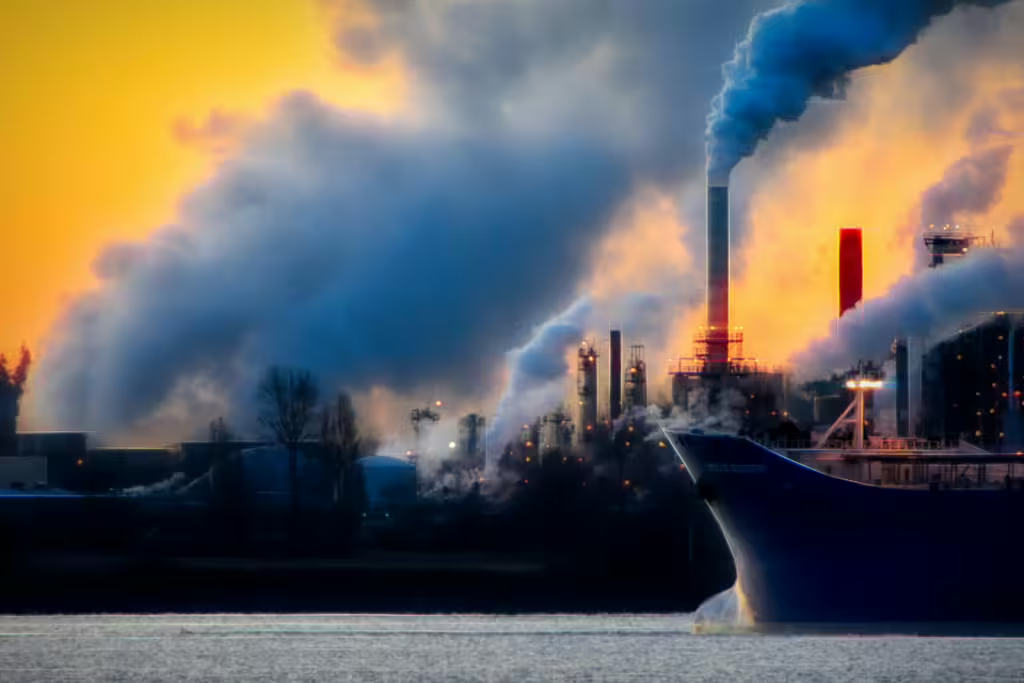Many of us mistakenly believe that evolution has kind of done as much as it’s going to do as far as our lifetime and experience are concerned. The truth us that all living organisms on this planet are constantly evolving in response to their environment, including plants. As climate change and pollution continue to alter ecosystems in unforeseen ways and at an unprecedented rate, plants have had to adapt in unexpected ways in order to survive in these new conditions.
Most of these evolutionary changes are driven by human activities such as industrialization, pollution, deforestation, and the near-constant and always destructive burning of fossil fuels. We think of these actions as affecting the environment and wildlife but we don’t always consider how they affect plant life. In point of fact, our planet’s flora is affected most severely of all by these ecological disasters waiting to happen. Moreover, they are actually driving the evolution of plant species in ways that we are only just beginning to understand.
In this article, we will explore those fascinating evolutionary changes by delving into the many ways that plants are changing in response to both climate change and pollution. We will explore how some species are adjusting their physiological processes and how others are shifting their geographical ranges in new ways. Finally, we will examine how some plants are altering their reproductive strategies.
The Impact of Climate Change on Plants
When we speak about climate change, we are most often referring to the long-term changes that occur in temperature, weather patterns, and atmospheric conditions as a result of excess greenhouse gases in the atmosphere. Some of the more ignorant souls out there may argue that these changes are the result of cyclical patterns that have existed on this planet for eons, that we have gone through climate change before and we shall weather the storm when it happens “again.” The truth is, today’s accelerated rate of climate change is predominantly caused by human activities and the rapid and uninhibited proliferation of greenhouse gases.
Humans and animals are affected by these things in so many ways and most of those troubles are the same for plants. No matter what the root cause, the fact remains that any changes the planet’s weather, temperature, and atmospheric conditions undergo, it bound to have direct and indirect impacts on the growth, survival, and reproduction of the world’s numerous plant species. Indeed, even the hardiest plants out there would likely struggle to survive if conditions become much worse in the next 100 years. Understanding how plants are evolving in response to these challenges requires a look at the specific ways in which climate change is influencing their environments.
Rising Temperatures
One of the most significant effects of climate change is the rise in global temperatures; a phenomenon that has been getting worse with each passing year. Experts agree that global temperatures have been steadily rising, annually, for the better part of the past decade, and that trend does not seem to be slowing. If anything, it continues to worsen, despite calls from scientists, activists, and governments to find ways to mitigate the damage. Sadly, humans don’t want to give up their cars at the individual level and companies that cause the bulk of carbon pollution have no plans to lower their emissions in any way. Thus, convenience and profit remain the biggest roadblocks to even attempting to fix the problem of climate change, to the detriment of every living thing on the planet.
For many plant species, this persistent issue has meant massive changes. Plants everywhere have seen their traditional growing seasons disrupted by the shifting weather, temperature, and seasons, leaving them with no option but to adapt or perish. As one might expect, however, adapting to warmer temperatures is not just something a life form does overnight. Nevertheless, it appears as though some plants have already begun evolving to do just that. Several species have shown an increased tolerance to higher heat stress, having either developed more heat-resistant proteins or altered their metabolic processes to better conserve energy.
In hotter environments, which is kind of everywhere lately, certain plants have begun developing thicker leaves with a waxy coating to reduce water loss through evaporation. This is a key survival tactic of cacti and other desert plants, but the fact that it is SO hot that non-desert plants are beginning to do the same should be worrying some folks.
Additionally, it appears as though some species are shifting their phenology, otherwise known as the timing of seasonal activities, to adjust to longer growing seasons. This change can cause plant bloom times to change so that some bloom earlier and others bloom later in the year so that they synchronize with the warmer conditions. The issue with this is that it affects pollinators and insect populations, which in turn affects the animals that feed on those insects. Even now, the ripples in the food chain are already being felt at the highest levels.
Altered Precipitation Patterns
In addition to rising temperatures, weather patterns are changing all over the world. Climate change is leading to changes in precipitation patterns, which results in more frequent droughts in some places and heavier rainfall events in others. These events are so outside the norm, in fact, that they can interfere with the homeostasis of entire ecosystems.
We have seen the results of droughts already, in the rash of widlfires that have emerged in places like Australia and Western United States. Flooding from increased rainfall has similarly affected many areas, including areas beneath the Great Smoky Mountains in 202, and much of the Eastern U.S. during Hurricane Sandy.
Meanwhile, plants in regions that are experiencing prolonged droughts have begun evolving ways to conserve water more efficiently. Some plants are developing deeper root systems so that they can access water stored further underground, while others are adapting to store more water in their leaves and stems.

There is another side to this, however. Plant species living in areas affected by increased rainfall or flooding are developing different adaptations. These plants need to cope with waterlogged soils and nutrient depletion and certain plants, like mangroves, have specialized roots that allow them to thrive in increasingly salinated and submerged conditions. There are other cases where plants in flood-prone areas have evolved a more flexible stem structure, thus allowing them to bend with strong river currents or harsh rains. This prevents them from breaking in the deluge.
Changes in Geographic Distribution
As climate zones shift with the changes, many plant species are being forced to “move” to new areas in order to survive. We use the term loosely here, as there are few plants in existence with the ability to be at all mobile. What we mean is that increasingly warmer temperatures and altered precipitation patterns have begun pushing plants toward higher altitudes and latitudes, where conditions are more favorable. Alpine plants are one example of this phenomenon. These tough plants have evolved to survive in cooler, higher elevations, but seem to be moving up mountainsides as lower elevations become too warm. This has a lot to do with how the plants disperse their seeds, but as their dispersers move to higher altitudes themselves, the plants find purchase in more hospitable climes.
The Role of Pollination and Reproductive Strategies
We all understand the important role that pollination plays in plant reproduction. Yet, as essential though it may be, even this process has been altered thanks to climate change. The scourge of climate change has already affected how plants interact with their pollinators, since warmer temperatures and changing precipitation patterns have already begun to alter the timing of flowering and pollination events. The resultant mismatch of these processes between plants and their pollinators has seen flowers that depend on bees blooming for extended periods of time or else adopting other new reproductive strategies; mainly because bees are also greatly affected by climate change.
These new reproductive strategies include increasing the number of flowers they produce in an effort to attract a broader range of pollinators besides just the usual inspects. In some corner cases, plants have even evolved better means of self-pollination or wind pollination, mainly as a backup. After all, the pollinators themselves might not be around much longer either if things continue.
There is also the fact that some plants have even begun to produce more seeds per flower to up the odds of their survival. Other species have adapted so that their seeds are more robust and therefore better able to survive in harsh conditions.
Adaptations to Pollution: Surviving in an Industrialized World
If it aint climate change attempting to do in all of our planet’s plants, it’s pollution. This major environmental stressor is the result of numerous industrial activities, transportation, agriculture, and urbanization. Each of these human concerns have contributed to the increase in pollutants such as heavy metals, air pollutants (e.g., ozone, nitrogen oxides, and sulfur dioxide), and plastic waste in just about every one of our planet’s ecosystems. Plants, unsurprisingly, are deeply affected by these pollutants, but many have also proven to be remarkably resilient and have evolved different ways to survive the added pollution.
Air Pollution: A Direct Threat to Photosynthesis
It is very clear that air pollution is kind of the main problem affecting our floral brethren, but it isn’t just greenhouse gases and climate change we’re talking about, it’s ground-level ozone. Ozone is what forms when pollutants from vehicles and industrial activities react with sunlight. This toxic compound has been known to cause significant damage to plant cells, while also disrupting photosynthesis by entering plant stomata (pores). It’s a real killer, but some plants can actually tolerate high levels of the stuff; at least now they can.
Plants that are capable of this have developed mechanisms to reduce the uptake of ozone, such as having smaller or fewer stomata. At the same time, some have even begun to produce antioxidant compounds that help neutralize the harmful effects of ozone.
Soil Pollution: Heavy Metals and Contaminants

Soil pollution is often caused by the deposition of heavy metals (e.g., lead, cadmium, arsenic) and other contaminants. Pollutants like these can impair root function, inhibit nutrient uptake, and cause toxicity that stunts plant growth. Nevertheless, some resilient plant species have evolved to survive in polluted soils using a process known as phytoremediation.
Phytoremediation is the ability that some plants have to absorb, accumulate, and detoxify pollutants from the soil. The plants that use this are known as hyperaccumulators, and they are capable of taking up large quantities of heavy metals and storing them in their tissues without suffering the toxic effects. The mustard plant (Brassica juncea) and the alpine pennycress (Thlaspi caerulescens) are both capable of absorbing heavy metals such as cadmium and lead as well as zinc and nickel, respectively.
Plastic Pollution: An Emerging Challenge
In recent years, plastic pollution has become a major environmental issue, affecting ecosystems the world over. Animals are impacted by the large amounts of plastic that we have strewn about the world, but plastic waste can cause just as much trouble for plants. Not only can plastic waste block sunlight and damage plant tissues, it can also contaminate the soil with insidious microplastics. Still, certain species have found ways to physically circumvent the plastic waste by growing around it. Others have evolved ways to use plastic as a substrate for growth, essentially turning our waste into a new ecological resource.

True Investigator Says…
As you can see, many plants have already begun to find new ways to survive in an ever-changing world. Indeed, many of them have done so much faster than they would have otherwise. The very fact that so many species have found ways to adapt and thrive offers hope to humanity that we can do the same. While we understand that the best course of action would be to change our ways, the reality of the situation is that this might be a pipe dream. True change would come at the cost of commerce and self-interest; two things which many human beings value above all else.
Still, the resilience of these plants indicates that the future is never set in stone. Our world is changing rapidly thanks to humanity, but if so many of our planetary bedfellows can find ways to live in a world that is ever-pushing them to die out, then surely we as a species can find a way to do the same. Perhaps we will evolve a new way of thinking, one that doesn’t rely on plastics, pollutants, pennies, and porches.
Discover more from TrueInvestigator
Subscribe to get the latest posts sent to your email.


